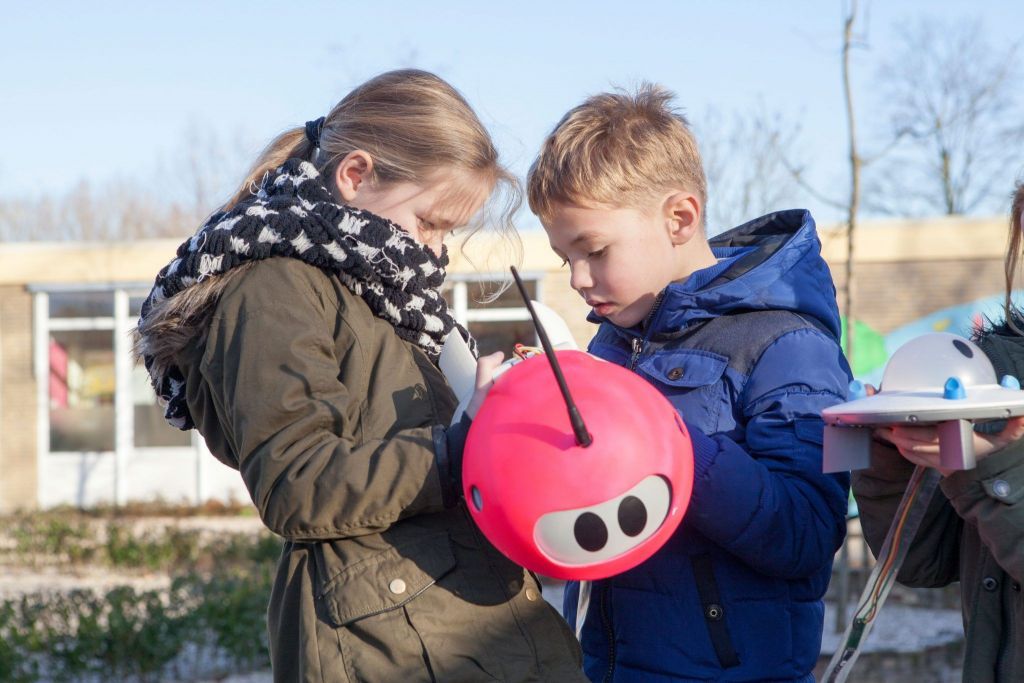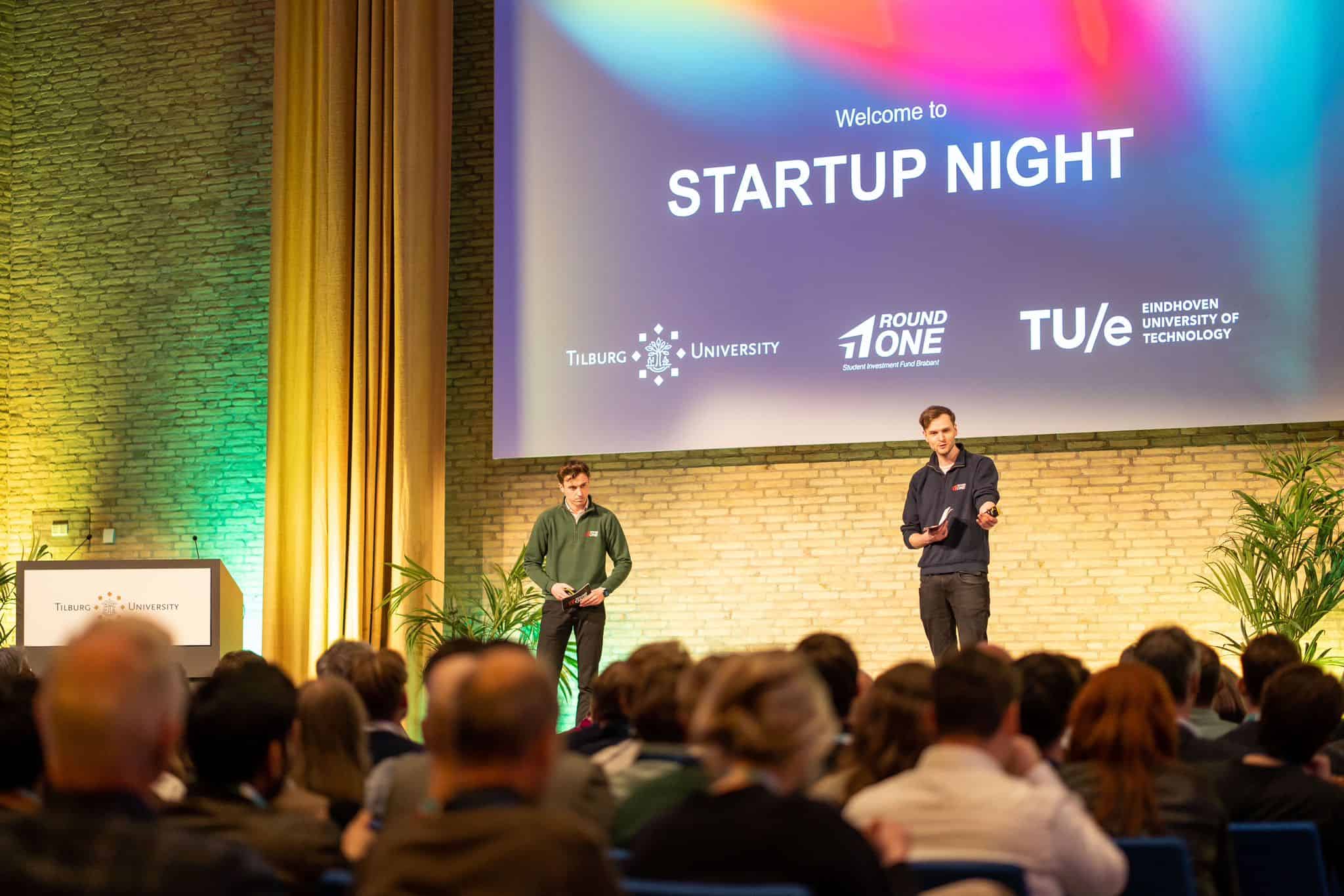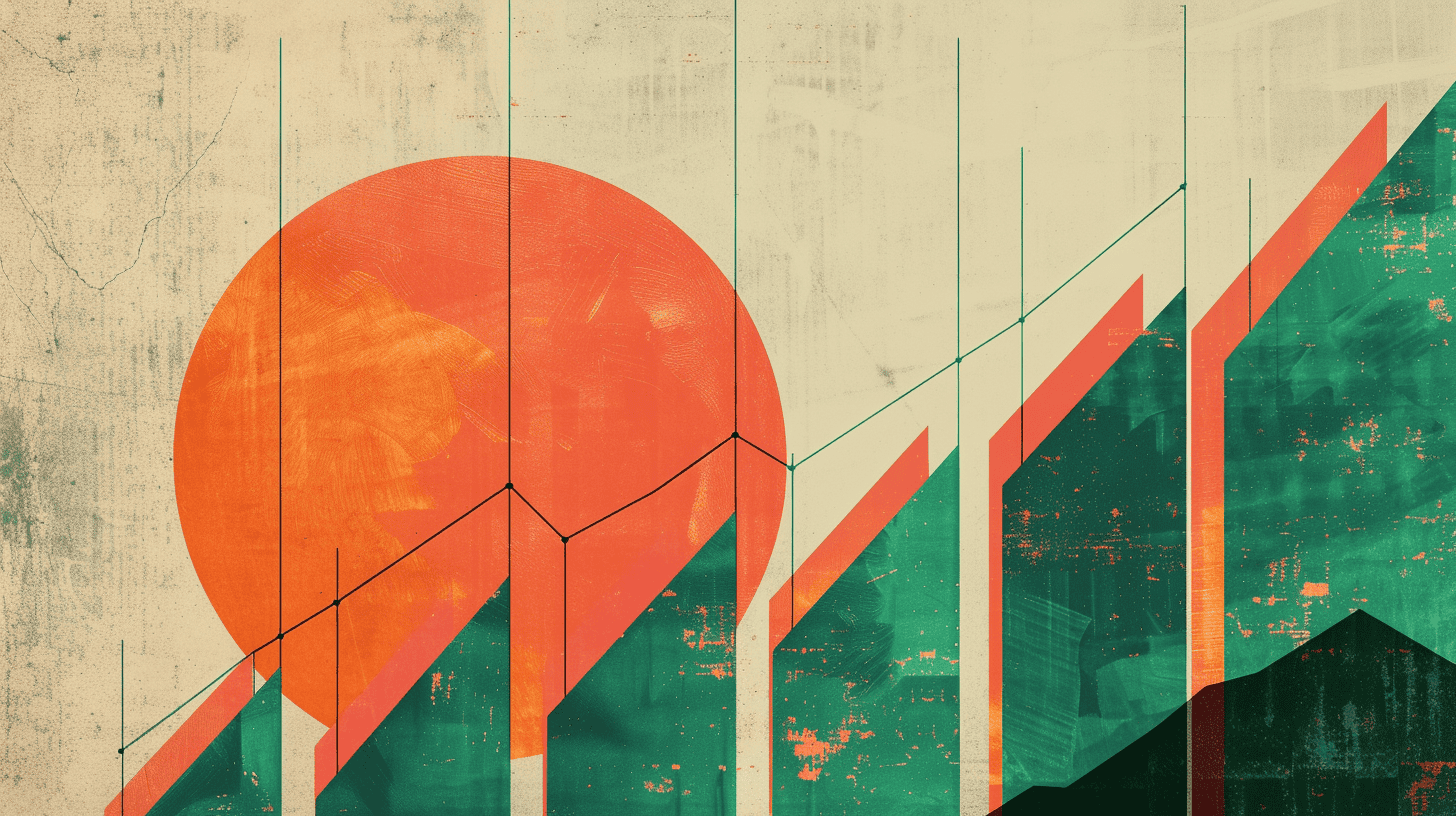
In the final year of Industrial Design at the Eindhoven University of Technology (TU/e), Teun van Roessel came up with the idea: the Solly System. He expanded his idea and created a company with which he introduces children to the world of nature, technology and sustainability from an early age. It all started with Solly, the sun-eating robot. Teun has now linked an educational package for schools and individuals to this, and children can build and program their own robot with Build-Your-Own-Robot (BYOR).
This is the first part of a series in which reporters Sanne Jeursen and Bregje Simons portray startups that are supported by educational institutes, like Fontys and TU/e.
“I noticed that my sister’s young children were actually doing nothing with energy and durability. I saw that as a missed opportunity. At a young age you can steer them the most in their behaviour and interests”, says Van Roessel. He wants to teach them to play so that they can generate their own energy with the help of robots. That’s why he came up with Solly, the sun-eating robot with solar panels in his mouth, with which he makes sustainable energy. The choice for solar energy comes from the tangibility of the sun, explains van Roessel. “Children can see that the sun is shining, they know that it is getting them warm and that makes it easier for them to understand that they can convert that into energy.” The energy that Solly generates can be applied in many ways. You can also connect gadgets such as a power bank, a fan or a mini fridge.
Green planet
Solly is particularly suitable for the substructure of the primary school, but according to Van Roessel this is a limited market. “We then looked at whether schools would be more interested if we offered it in combination with a complete teaching package”, he explains. This teaching package focuses mainly on nature, technology, and sustainability. Attention is also paid to the 21st Century skills. That’s why a digital environment has been added where Solly’s data is stored and where children and teachers can see how much they’ve generated so far – making the packages more suitable for the superstructure as well. With their results, the children can earn points that they can spend in the attached game. “In it, they make, among other things, their own green planet. Here they learn how it is possible to live a fully sustainable life. The robots that the children know from the package are also being used in the digital world. We are trying to increase the connection with the real world so that children will feel more driven to discover new things.”
Enthusiastic
With this motto in mind, Van Roessel has also developed the special build-your-own-robot kit (BYOR). With this, children can design, build, test and program their own robot. The BYOR kit consists of a number of different input and output components. The parts can be easily connected to each other with plugs. As soon as the robot is supplied with energy, the connected components start to react to each other. “You can see that children are also very enthusiastic about this,” Van Roessel says proudly.
“In fact, schools pay too little attention to technology. Teachers often flood into work and do not have time for the Solly System project. The budget that schools receive for technology also plays a role in this. I think that’s really a shame”, he says. Of course, there are also exceptions, as there are already a number of schools that work with Solly. “They are very enthusiastic and like the fact that they can teach the children more about sustainability and technology in a fun way.”
In setting up his own company, Van Roessel was supported by the Innovation Lab of Eindhoven University of Technology and STARTUP/Eindhoven.









